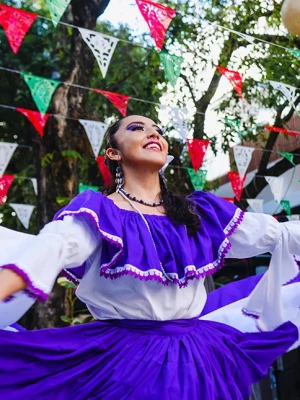
Experience Mexico’s magical blend of culture, nature, and history – from ancient Aztec capital and charming colonial towns, to awe-inspiring Mayan ruins and powder-soft Caribbean beaches.
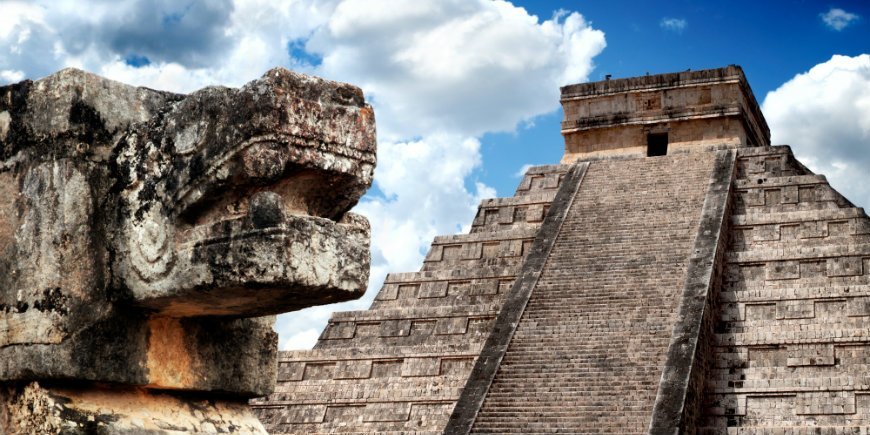
Three great cultures and peoples ruled South and Mesoamerica before the Spanish arrived in the 16th century. Their ruins, buildings and culture can still be experienced on many of our tours.
Read on and learn more about these fascinating peoples.
| The Mayans | The Incas | The Aztecs | |
| When | Circa 800 BC to 1530 AD | From 1100 to 1530 AD | 15th and 16th centuries |
| Where | Mexico, Belize, Guatemala, Honduras and El Salvador | Most of western South America from Chile in the south to Colombia in the north | Much of Mexico |
| Language | 30 different languages | Up to 700 different languages | Nahuatl |
| Gods | Nature gods | Nature gods | Fertility gods and war gods |
| Constructions | Temple pyramids and entire cities such as Palenque and Tikal l | Machu Picchu | Pyramid temples |
| Fun fact | The Mayans lived according to four different calendars | A cone-shaped head meant upper class, power and respect | The people used cocoa drinks in human sacrifices |
| Today | The people are still present today and can be encountered in the towns of San Juan Chamula and Zinacantán. | The Inca Empire fell when the Spanish arrived, bringing diseases with them | While the culture itself is extinct, it lives on through the descendants of the indigenous people. |
Who were the different peoples? Who built Machu Picchu and who lived according to several different calendars at once?
We’ve put together everything you need to know below.
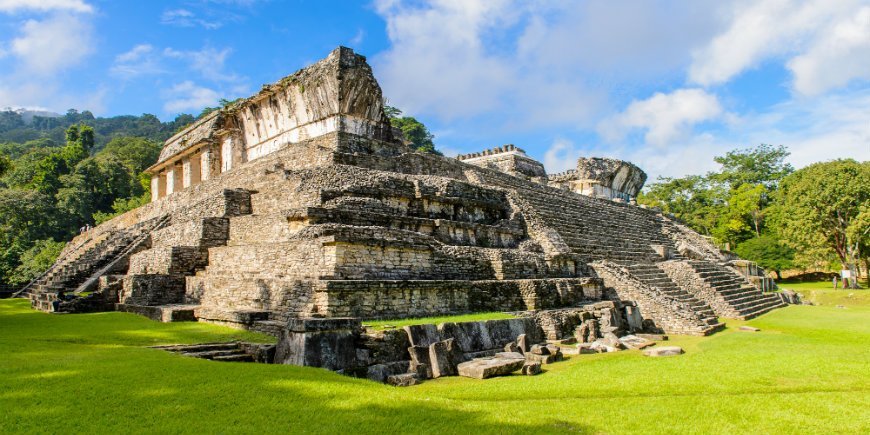
The Maya were a Native American people who lived in Mexico, Belize, Guatemala, Honduras and El Salvador from around 800 BC to 1530 AD Unlike the Aztecs and the Incas, the Maya people were not a united empire governed from one central city. Despite residing in the same geographical area, the people spoke 30 different languages – all of which are still spoken today. The Maya had a complete written language which they used to write books.
Farming was really important to the Maya, and they therefore worshipped the nature gods in particular. They did this, among other things, by sacrificing people, so that their blood-hungry gods were nourished by the human blood. In return, the gods gave the Maya fertility and good harvest. At a sacrificial ceremony, the Maya tied down their sacrifice on top of a selected temple pyramid, while a high priest cut a hole in his chest and tore out his still-beating heart with his bare hands.
The Maya were both skilled engineers and mathematicians. They managed to create great temple pyramids, magnificent art and entire cities, such as Palenque, which you can experience on our tours to Mexico. And they did all this without metal tools. The Maya were a particularly creative and innovative people in everything that they did.
The people lived according to four different calendars, each with its own purpose. This way, the Maya knew exactly when religious ceremonies were to take place and when it was the best time to grow crops.
Unlike the Inca and Aztecs, the Maya still exist.
Today, the Maya live in Guatemala and Mexico, and you can experience the authentic Mayan culture in two different Native American villages, San Juan Chamula and Zinacantán, on our tours to Mexico.


Experience Mexico’s magical blend of culture, nature, and history – from ancient Aztec capital and charming colonial towns, to awe-inspiring Mayan ruins and powder-soft Caribbean beaches.
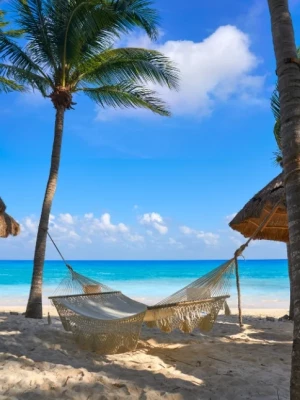

Join an exciting tour where you’ll experience Mexico’s impressive Mayan ruins, breathtaking nature, vibrant colonial towns, and local communities, finishing with a beach holiday in Playa del Carmen.
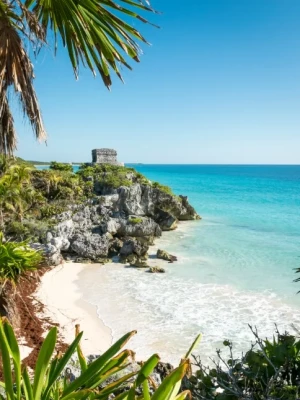

Discover the highlights of Mexico on an exhilarating tour featuring impressive Mayan ruins, magnificent landscapes, vibrant colonial towns, and authentic Mayan villages, concluding in the beach paradise of Tulum.
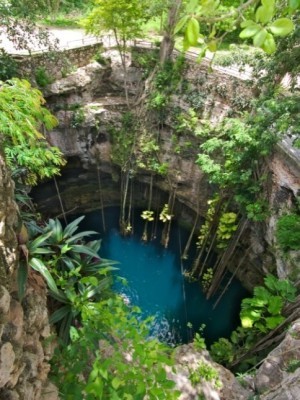

Join us on an adventure on Mexico’s beautiful Yucatán Peninsula and experience Playa del Carmen, Valladolid, Chichen Itza and conclude with a beach holiday on Isla Holbox’s paradise beaches.
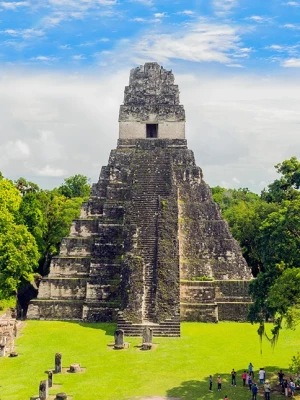

Embark on an adventurous tour where you’ll discover Guatemala’s colonial charm in Antigua, cruise across the stunning Lake Atitlán, explore the majestic Mayan ruins of Tikal, and soak up the tranquillity of the Bacalar lagoon – before rounding off your holiday with blissful days on the Caribbean beaches of Playa del Carmen.
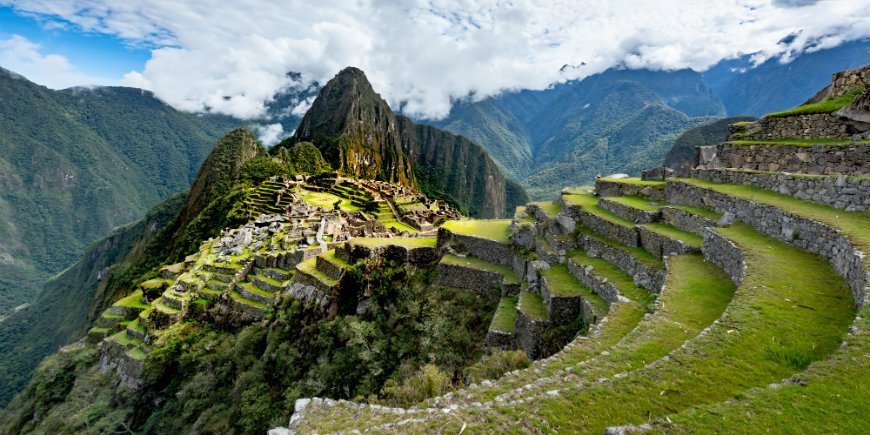
The Incas were also a Native American people. From 1100 to 1530 AD, they conquered most of western South America from Chile in the south to Colombia in the north. In its heyday, the Inca Empire consisted of no fewer than 10 million people, although only the Inca emperor and his huge family of 40,000 people were original Incas. The capital of the Inca Empire was the now multicultural and pleasant city of Cusco, where you can still experience many of the Inca buildings on our tours to Peru.
The majority of the Inca Empire consisted of people who the original Incas had forced to be part of the Inca dominance. This also meant that there were many different languages – up to 700! Despite the many languages spoken, the Incas had no written language, unlike the Maya and the Aztecs.
The upper class was keen to set itself apart from the rest of the population. New-born children therefore had a cloth tightly bound around their heads to make their skull cone shaped. The deformed skull thus radiated power and respect.
Like the Maya people, the Incas were farmers and worshipped the nature gods. The Incas were also fans of human sacrifice. They sacrificed particularly healthy and beautiful children, as it had to be the most precious gift that they offered the gods.
There is no doubt that the Incas were skilled engineers and architects. Machu Picchu in Peru and the terraces on the steep mountainsides is proof of this. When the ruins were rediscovered in 1911 by American archaeologist Hiram Bingham, it was clear that the Incas had a phenomenal understanding of building construction.
When the Spanish took over the empire, it also signalled the end of the Inca Empire. The Spanish took the Incas as slaves, while those who escaped slavery died from the illnesses the Spanish brought with them. Today, you have the opportunity to experience the ruins of the Incas’ impressive buildings on our tours to Peru.
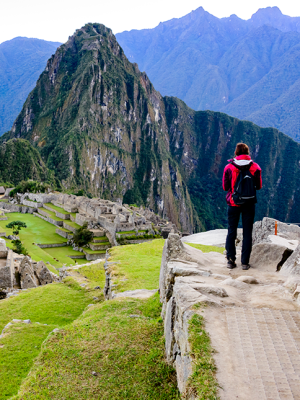

Lace up your hiking boots and walk the legendary 4-day Inca Trail to Machu Picchu. The tour also takes you to Lima, Arequipa, Colca Canyon, Lake Titicaca and the ancient capital of the Incas, Cusco.
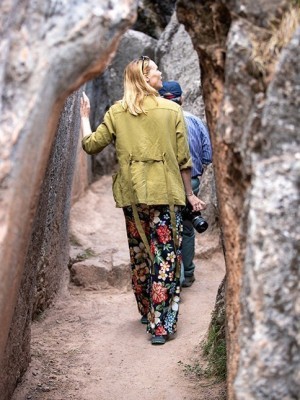

Experience the enchanting charm of Peru from the vibrant capital and coastal city of Lima to the ancient capital of the Incas, Cusco, and let yourself be captivated by the magic of Machu Picchu.
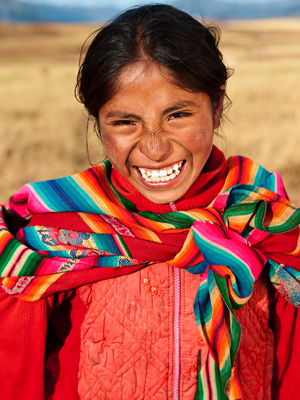

Highlights abound on this tour, with visits to Cusco, the ancient Inca ruins of Machu Picchu, the breathtaking Andes Mountains, the vibrant communities around Lake Titicaca, and the charming colonial cities of Lima and Arequipa.
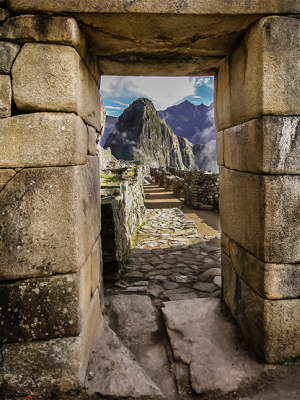

Take a 2-day Inca Trail trek to Machu Picchu through the fairy tale landscape of the Andes. You will also discover the Inca capital, Cusco, as well as Lima, Arequipa, Colca Canyon and Lake Titicaca.


Experience the Andes on a stunning trek to Salkantay mountain ending at Machu Picchu. You will also visit Lima, Arequipa, Colca Canyon, Lake Titicaca and the ancient capital of the Incas, Cusco.
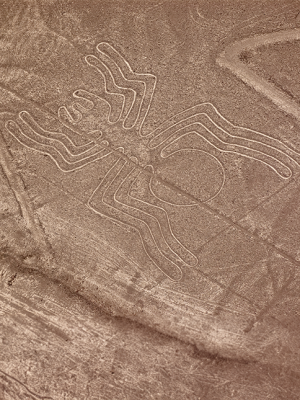

Join us on a captivating journey through Peru, where you’ll see the mystical Nazca Lines, encounter wildlife at the Ballestas Islands, marvel at the dramatic depths of Colca Canyon, visit indigenous communities on Lake Titicaca, and explore the Inca ruins of Machu Picchu.
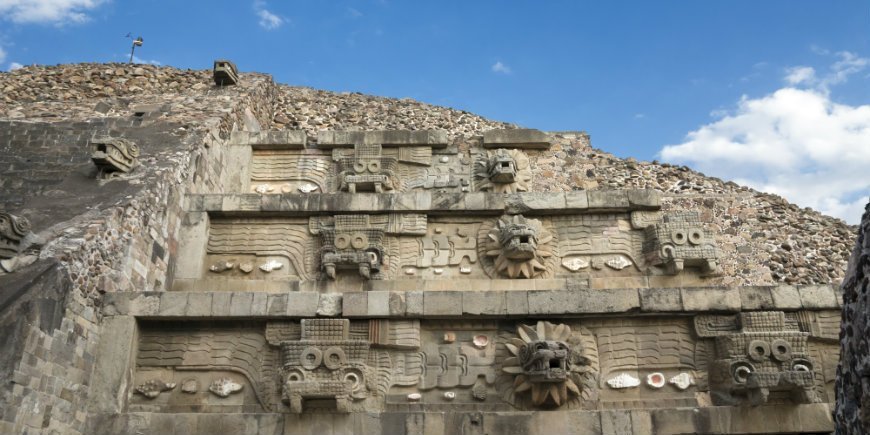
The Aztecs, like the Maya and the Incas, were a Native American people. The Aztecs ruled large areas of Mexico in the 15th and 16th centuries. Unlike both the Maya and Inca people, the Aztecs only had one language, Nahuatl. On the other hand, they had a wealth of dialects and also an alphabet consisting of symbols and hieroglyphics.
The Aztecs were not one unified nation, but consisted of seven different tribes. The seven tribes never perceived themselves as one people, and this gave rise to internal strife.
The Aztecs were also skilled architects, and they built, among other things, a huge pyramid temple in the middle of their capital, Tenochtitlan, known as Mexico City today. Like the Maya and Incas, the Aztecs sacrificed people. Their human sacrifices took place at the top of the Aztec pyramid temples, where more than one human being could be sacrificed at a time.
The Aztecs also worshipped several fertility gods, but their main god was the war god, Huitzilopochtli. At sacrifices and ceremonies, the Aztecs used a very special cocoa drink made of dried and crushed cocoa beans as they believed the cocoa tree was sacred and therefore worthy of the gods.
Today, traditional Aztec culture and practices have died out, but their history lives on through their descendants, and their language is still spoken by more than a million Mexicans. On a tour to Mexico, you will discover how the Aztec spirit lives on in and around the country.


Discover the highlights of Mexico on an exhilarating tour featuring impressive Mayan ruins, magnificent landscapes, vibrant colonial towns, and authentic Mayan villages, concluding in the beach paradise of Tulum.


Join an exciting tour where you’ll experience Mexico’s impressive Mayan ruins, breathtaking nature, vibrant colonial towns, and local communities, finishing with a beach holiday in Playa del Carmen.
TourCompass